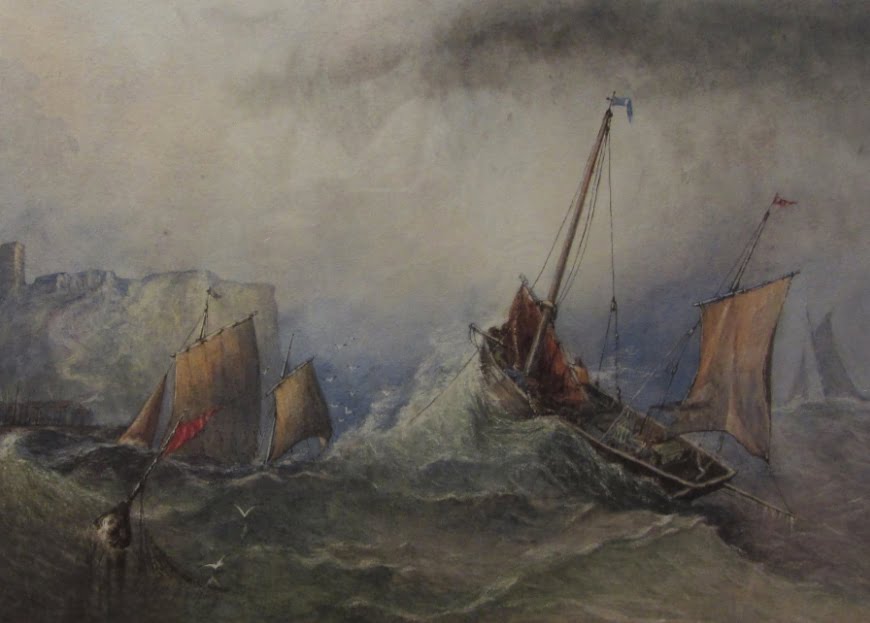On the nature of the boat known as a yawl and the difference between the Norwegian and Scarborough versions
YAWL
According to E W White’s British Fishing Boats and Coastal Craft (1950), All the available evidence concerning the eastern coastal areas of both Scotland and England supports the conclusion that all the small boats owe their origin to the Norwegian Yawl or Yole. This was a light double-ended open boat, such as has been associated with the larger longships of the Vikings.
Yawls, yoles and yolls of various descriptions abound throughout the British Isles, but most are not primarily associated with herring. The Scarborough yawl, however, was.
Two-masted, clinker built and fully decked, it was not double-ended, having what is known as a lute stern – a flat, rather than pointed back end, raking inward before then straightening out, the rudder sitting neatly within the length of the boat.
According to John Edmond, foreman to Robert Skelton who first built one, which was 34 foot long, in 1833, it was influenced by boats from North Norfolk. The boat flourished in the mid to late C19th, generally developing to a vessel of between 45′ and 60′ long. It was narrower than the Yorkshire lugger and could be handled by a smaller crew.
White writes, The rig consisted of a dipping lug foresail, a lug mizen and jib; that is, it was of the two masted lugger type so common in our smaller fishing-boats. About 1872 the lug rig of these yawls was altered to the ketch or gaff-rig, consisting of a jib foresail, fore-and-aft mainsail, with a bonnet and mizen. As a result of this change they became much handier under sail. When drifting for herring, these yawls employed over 100 nets, each being 60 yards long and 12 yards in depth.
The Scarborough yawl fished on herring grounds up to 30 miles offshore. Its use declined because the Scottish fifies and zulus were faster.

